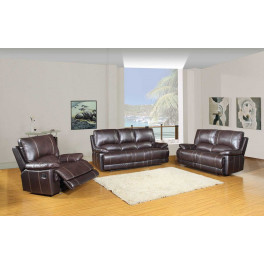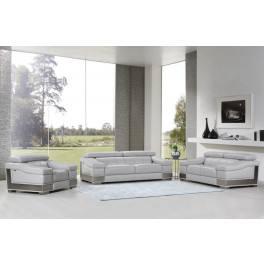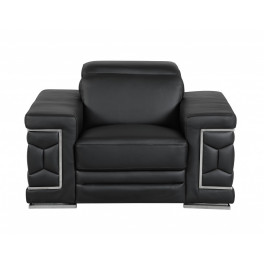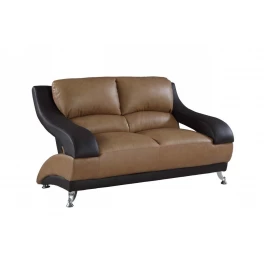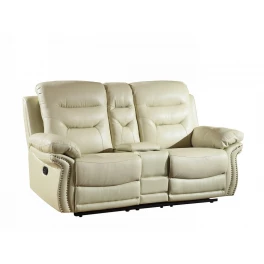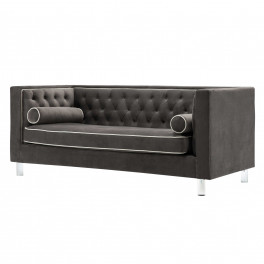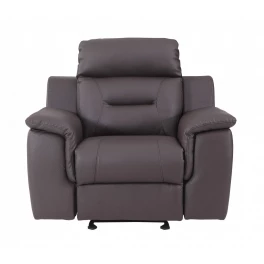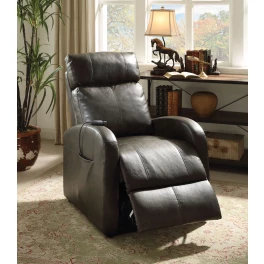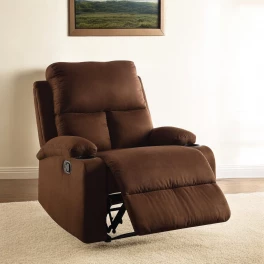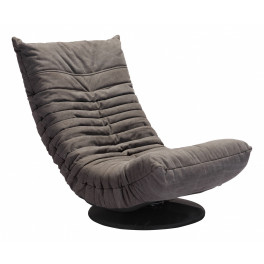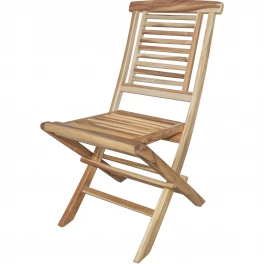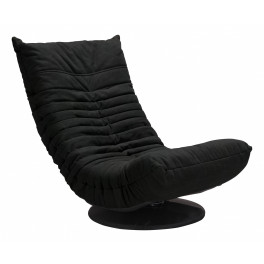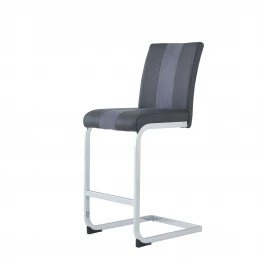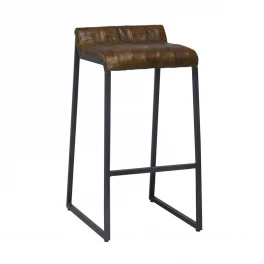I've had cats for my entire life, and can't imagine living without them. But the balance between a kitty friendly home and a beautiful home is a delicate one, indeed. So, what's a feline parent to do? Instead of attempting to make your cats change their behaviors, try modifying your cat-friendly home design strategies with these helpful room planning hints.
1. Scratch the Scratching
Cats are going to scratch. Instead of discouraging this natural behavior, focus it by providing scratching furniture especially for your kitties. No, not your parents’ cat tree. Attractive cat condos, bungalows, and scratching towers are available on dozens of websites in a wide array of colors, shapes, and sizes — many with free shipping. Prefer to shop in store? There are likely several pet supply stores near you. To find options that will work for your space and taste, consider the same variables you would think about before any furniture purchase.
First, measure the space you have in mind. Found something bigger that you love? Try rearranging other furniture to make it work before you buy. Approach color the way you would with any new addition, seeking something complementary to your existing interior design. Finally, assess which choices meet your cat’s needs. For example, can your senior kitty make any necessary jumps? If you have multiple cats, can they use the unit at the same time? With more than one puss, consider multiple pieces. There are plenty of smaller choices at about a $25.00 price point, with footprints of around 18 inches. Having a party? Stack them, and stick them in a closet. Done.
Of course, the hard truth is that your cat may still claw upholstered furniture. Think about the area just under the arm of the sofa. This is a textbook spot for vertical scratching. Different fabrics hold up better than others. Loose, wide weaves and textured upholstery are easy prey. Microfiber and other tight weaves are more resistant to claws… but not impervious.
Enter indoor/outdoor furniture, looking very indoor here in my living room. Polypropylene (plastic) furniture is hard, smooth, and resistant to claws, thereby eliminating vertical scratching. The back cushions are unattached to the frame and tip forward when clawed, discouraging furry perpetrators. Horizontal scratching on seat cushions is still possible, but single cushions or slipcovers are much cheaper to replace than an entire sofa or chair. Adding a throw or two to your seating is another protective trick. Kitties may choose this snuggly option to curl up on instead of the cushions, making hair removal a snap. Just be sure the throws are machine-washable.
In the nightmarish event of Pipsqueak peeing on your furniture, the chances are good that you can clean it up successfully if you use polypropylene furniture. Most indoor/outdoor furniture boasts fabric that repels liquids, and the frames can literally be hosed off. And, it’s beautiful!
If the look of indoor/outdoor doesn’t work with your home décor, consider a futon. Wood frames are less likely to be scratched than upholstery, and metal frames are pretty much claw proof. Choose a cover with a tight weave, like microfiber or soft canvas. There are literally thousands of patterns available. If your feline has potty issues, there are waterproof barrier liners available for futon mattresses. And as far as dining chairs go, metal or wood with removable seat cushions are a fantastic option. Vertical scratching is minimal to nonexistent, and single cushions are easy to vacuum and cheap to replace.
2. (Not) Cutting A Rug
To thwart horizontal scratching on your rugs or carpet, avoid options with looped pile, like berber, boucle, and tip-shear. Claws can and will hook under the loops, pulling them up and out, damaging the weave. Jute and sisal rugs are also extremely vulnerable to claws. Cut-pile (hard twist) and frieze hold up well under scratching, but this doesn’t mean no tufts or threads will be clawed out. To minimize the appearance of damage (as well as visibility of shed hair) select multi-colored patterns in which small flaws will be less noticeable. If you really want to go with a solid color, avoid shades that will spotlight your kitties’ hair (no charcoal rugs with a white cat, for example.)
3. What Litter Box?
There are a few different ways to hide a litter box. The first is simply placing it in a corner behind a piece of furniture in a low traffic room. This is a good option for cats who prefer their litter boxes unenclosed. We have one of ours behind a large turtle habitat stand. I doubt any humans, other than my husband and I, have ever laid eyes on it.
Another idea is transforming a storage bench, wooden crate, or trunk into a kitty bathroom cubby. All you need to do is cut an entryway out of one end, and make sure that the litter box fits inside with room for Snickerdoodle to turn around comfortably. When cutting the entry, use a tool that’s appropriate for the material. You want a saw that gives a fine finish (whether it’s a handsaw or power saw). Make sure all cut surfaces are sanded or ground down, leaving no sharp edges. A lip at the bottom edge of the entry will corral tracked litter, and if there’s space, it’s also helpful to include a mat. If this hack doesn’t fit in with your room styling, you can alternatively purchase a smart-looking covered box, like the Booda dome, that complements your décor and gives your kitty some privacy.
4. Raising the (Salad) Bar
Not all cats chew plants, but many do. Some may be deterred by pet safe bitter sprays. Mine were decidedly not. I couldn’t seem to make the plants unappetizing, but we got them out of tooth and claw’s way by elevating them. The key is making sure there’s not enough space for Sylvester to jump up and land next to your plants. Accent tables and shelves should have just enough room to hold your plants, with no more than a couple extra inches around the edges. This lets you design your room to include fresh greenery without opening up a salad bar.
If you’re a cat lover, nothing matters more than putting a purr in the hearts of your beloved kitties. With these feline-focused home ideas, you can still do that while also keeping your inner interior designer happy. So, go ahead and break out the catnip. It’s time to celebrate!




